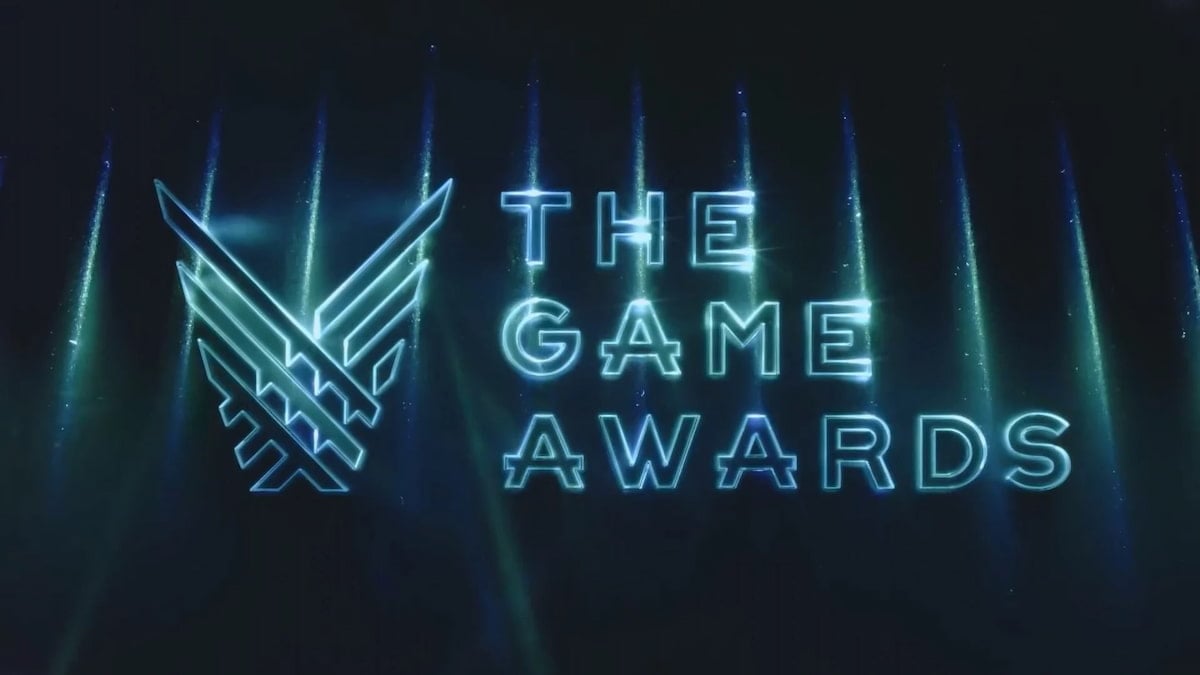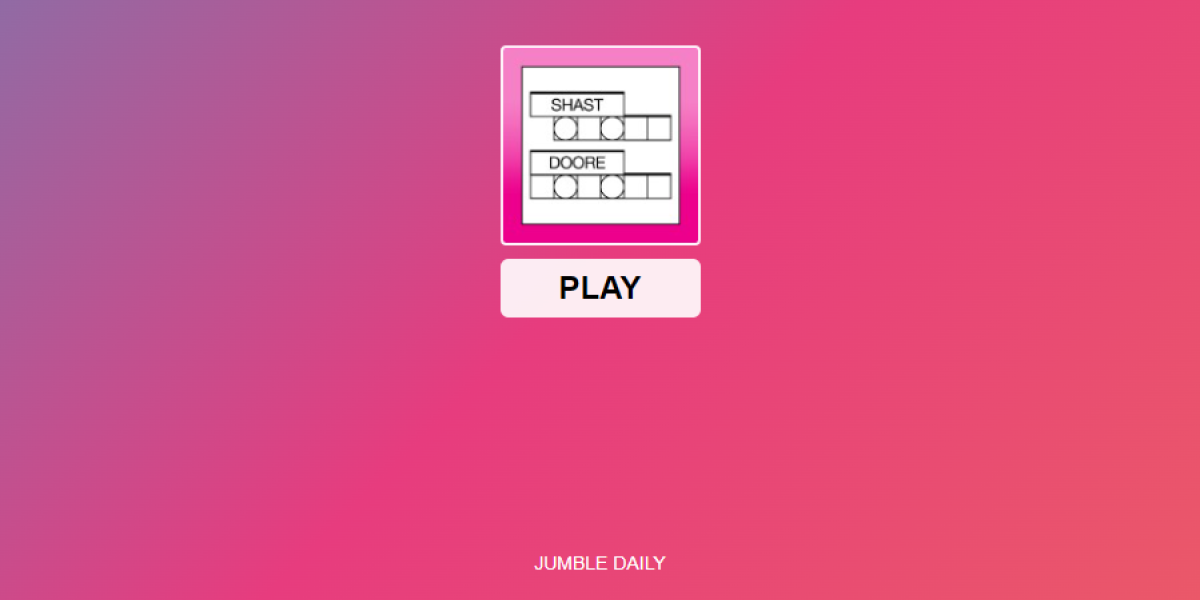While they may not always be the highest-quality games, the wildcard tournaments over the past year have tended to be quite interesting from a theoretical standpoint. From the metas that emerge within them in terms of pick and ban that may or may not be a sign of the major tournament to follow, to the oddball pocket picks that may or may not be the next big thing (mid Gangplank, anyone?), to the fascinating plays that come out of teams just a tick or maybe three below the top-level, they’re always entertaining and usually have some nuggets of wisdom in their midst. Throughout this year at least, one of the leagues that’s always brought interesting things is the GPL. The league (through the vessel that is the Bangkok Titans) won a number of international fans with their chaotic yet broadly successful style in both the IWC Invitational (where they topped groups at 5-1 but lost 3-0 to Besiktas in the semis) and the IWC Tournament Turkey (where they went to the finals on a tiebreaker over Dark Passage and took down Oceania’s Chiefs 3-1). From G4’s dominant assassin play (for example, his 13/2/4 showing on Zed to secure the tiebreaker against Dark Passage), to 007x following Kikis’ lead and bringing the pain on Udyr, to 4-minute 5-man ganks and 5-for-4s everywhere, the Titans were consistently entertaining in their IWC appearances (and, unlike at Worlds, effective in doing so). It thus seems appropriate that it’s the GPL who may have already brought the most interesting thing (from a theoretical perspective) we’ll see in the International Wildcard All-Star event. In the second game of the day, against OCE, the team – featuring Titans players G4 and Moss – busted out a level 1 proxy. The concept of a level 1 proxy strategy is not a new one, either to solo queue or to pro play. The sight of a Singed popping out of a bush at 1:40 will be a familiar one to veteran players, most fast-push strategies can be seen as pseudo-proxies, and we’ve seen or heard of more aggressive proxies now and again – the example that particularly comes to mind is the importance of a 4-man proxy strat to the memetic CLG.NA “s2secretsgg.docx”, and its use at least in part against Azubu Frost (though CLG did run a ‘true’ proxy in a game this season too).
How the strategy works
The basic premise of the GPL’s team proxy is nothing particularly new in that regard, but it’s worth outlining briefly anyway. The team invade as 5 into one side of the opposing team’s jungle. They camp one bush, and pink the other, most likely as follows:  As you can see, the strategy is at its strongest on top red-side and bottom blue-side for the ability to threaten a decent pincer on an invasion, while being safe from a pincer themselves; with the other two, it’s not possible to entirely insure against a collapse, though it would still take an inconvenient route to do so. This, incidentally, makes it strongest on blue side as a strategy; ideally you want to be top-side (for reasons that will be explained), so only a blue-side team will get the ideal setup in that regard. From there, mid can safely return to lane on time. The remaining four proxy the first minion wave, take one camp each, then proxy the second wave – this, notably, gives all four champions level 2. The jungler can then leave, while the remaining three champions rush down the tower and bounce. In many ways, this isn’t particularly different in principle from a standard invade into fast-push strategy. It could perhaps be seen as the next logical evolution of it, even. The crucial point is this: no matter its ancestry, it is an extremely strong strategy on 5.22 and 5.23.
As you can see, the strategy is at its strongest on top red-side and bottom blue-side for the ability to threaten a decent pincer on an invasion, while being safe from a pincer themselves; with the other two, it’s not possible to entirely insure against a collapse, though it would still take an inconvenient route to do so. This, incidentally, makes it strongest on blue side as a strategy; ideally you want to be top-side (for reasons that will be explained), so only a blue-side team will get the ideal setup in that regard. From there, mid can safely return to lane on time. The remaining four proxy the first minion wave, take one camp each, then proxy the second wave – this, notably, gives all four champions level 2. The jungler can then leave, while the remaining three champions rush down the tower and bounce. In many ways, this isn’t particularly different in principle from a standard invade into fast-push strategy. It could perhaps be seen as the next logical evolution of it, even. The crucial point is this: no matter its ancestry, it is an extremely strong strategy on 5.22 and 5.23.
Why the strategy works
To understand why, we need to talk about how and why the strategy works as a result of the preseason changes. The changes to tower health versus resistances do a little to empower fast-pushes; this serves to empower champion damage more than minion damage, so technically actually makes this strategy slightly weaker than it could otherwise be compared to a conventional fast-push, but is nonetheless nice. Red buff damage applying to turrets again empowers fast-pushes a little, but again, isn’t unique to the proxy. The real point here is the timer changes. Minions and buffs now spawn 15 seconds earlier. It was always clear that this was going to impact level 1s – at the most basic level, if we assume a level 1 is action -> [x] reactions -> result, it cuts down on that [x] substantially – but with the earlier fountain gating having relatively little impact, it slipped slightly under the radar, with most of the public focus coming on points like the inconsistent ambient gold timer. Yet, it’s absolutely pivotal here. Again, there was nothing stopping teams trying something like this before. What makes it so effective, however, is that with the time changes, it has become extremely difficult to counter and substantially more destructive to the opposing team. Below is a map of the route that the GPL team took on their invade, with important timings marked:  There are two major points of note here. The first is that they spot the top-laner out (in a standard fan-out position) at about 40 seconds, and then are able to put a sustained follow on him back through the jungle. That’s not new – we’re used to seeing the top laner walk back, maybe take some harass, then walk back to base and back down to whereever his jungler is about to start. What’s different this time is that 15 seconds. Malphite makes the mistake of trying to stay around top lane, but even if he continues to walk back, he’s going to get back into his own base at about 1:10 – at which point he has 30 seconds to get in position to double-jungle. He may be late for a ‘home’-side start, and he absolutely cannot make an ‘away’-side start. Thus, while it’s not quite sealed-off, the traditional coping mechanism for a pushed-on top-laner can be severely dented compared to when he could safely make it back to base and then reliably assume an entirely new starting position in time. The second point is the more reliable, and crucial one, and it comes down to the question: why wouldn’t you do this invade before? Many teams took similar routes on their way to fast-pushes, but would always draw back to some degree, and never proxy. However, look at the timings. The invade is spotted out at around 40s, with position taken up deep at about a minute. The first wave spawns at 1:15, and will hit proxy range about 10 seconds later. Previously, the other team would have been vulnerable to a potential deep-flank (from behind red buff in this example); with over a minute to effectively react, there would be ample time to orchestrate it. Now, while it would still be possible to set up a 5v5 with good timing (hence the pink ward on the only other entrance from base to that quadrant), there simply isn’t time to adapt into that from a standard defensive formation – they physically cannot flank in time. That’s huge, because it means that the attacking team are ensured that, at worst, they’ll be faced with a predictable, facecheck-reliant level-1 rush from their opponents. This is already a strong strategy on 5.22, but it may actually be stronger on 5.23. Why? The minion wave changes. While they will get their level 2s more quickly, the four-man fast-push with shared minion XP should leave the majority of its members slightly behind their counterparts on the other team. Given that the new minion bonuses check for levels and only care about turrets if the initial condition is met, that should mean that their lane minions will, in the immediate aftermath, push more strongly against your own minions even with the turret advantage. In theory, that should mean bounces pushing more quickly into the proxy team’s turrets, actually serving to strengthen freezes rather than weaken them. It remains to be seen how much of an impact will be had with the numbers tuned relatively lowly, and the possibility of a team member actively staying away from XP for a time to rebalance it, but it’s a factor worth considering.
There are two major points of note here. The first is that they spot the top-laner out (in a standard fan-out position) at about 40 seconds, and then are able to put a sustained follow on him back through the jungle. That’s not new – we’re used to seeing the top laner walk back, maybe take some harass, then walk back to base and back down to whereever his jungler is about to start. What’s different this time is that 15 seconds. Malphite makes the mistake of trying to stay around top lane, but even if he continues to walk back, he’s going to get back into his own base at about 1:10 – at which point he has 30 seconds to get in position to double-jungle. He may be late for a ‘home’-side start, and he absolutely cannot make an ‘away’-side start. Thus, while it’s not quite sealed-off, the traditional coping mechanism for a pushed-on top-laner can be severely dented compared to when he could safely make it back to base and then reliably assume an entirely new starting position in time. The second point is the more reliable, and crucial one, and it comes down to the question: why wouldn’t you do this invade before? Many teams took similar routes on their way to fast-pushes, but would always draw back to some degree, and never proxy. However, look at the timings. The invade is spotted out at around 40s, with position taken up deep at about a minute. The first wave spawns at 1:15, and will hit proxy range about 10 seconds later. Previously, the other team would have been vulnerable to a potential deep-flank (from behind red buff in this example); with over a minute to effectively react, there would be ample time to orchestrate it. Now, while it would still be possible to set up a 5v5 with good timing (hence the pink ward on the only other entrance from base to that quadrant), there simply isn’t time to adapt into that from a standard defensive formation – they physically cannot flank in time. That’s huge, because it means that the attacking team are ensured that, at worst, they’ll be faced with a predictable, facecheck-reliant level-1 rush from their opponents. This is already a strong strategy on 5.22, but it may actually be stronger on 5.23. Why? The minion wave changes. While they will get their level 2s more quickly, the four-man fast-push with shared minion XP should leave the majority of its members slightly behind their counterparts on the other team. Given that the new minion bonuses check for levels and only care about turrets if the initial condition is met, that should mean that their lane minions will, in the immediate aftermath, push more strongly against your own minions even with the turret advantage. In theory, that should mean bounces pushing more quickly into the proxy team’s turrets, actually serving to strengthen freezes rather than weaken them. It remains to be seen how much of an impact will be had with the numbers tuned relatively lowly, and the possibility of a team member actively staying away from XP for a time to rebalance it, but it’s a factor worth considering.
Built to last
The GPL’s strategy in the match against OCE saw them jump out to a significant early lead, with much of it concentrated on the top-lane Shen. While some of that can be blamed on a poor macro response from OCE in general and top-laner Ryoo in particular, it nonetheless does seem like there’s something special about this strat. While all level 1s can be countered if fully anticipated, many standard openings will suffer severely against it. It’s a very hard counter to a defensive fan opening, and because it can start getting damage on the turret before 2 minutes, it should out-perform most conventional fast-pushes. Short of rushing 5 into a successful fight in river, it’s hard to see how teams can actually better it. In previous seasons, good level 1s have tended to become ubiquitous to the point of demanding patch attention; with the options for counterplay so limited by the nature of this play and the state of season 6 in general, this might be the first time of many we see the proxy.






Published: Nov 26, 2015 12:18 am